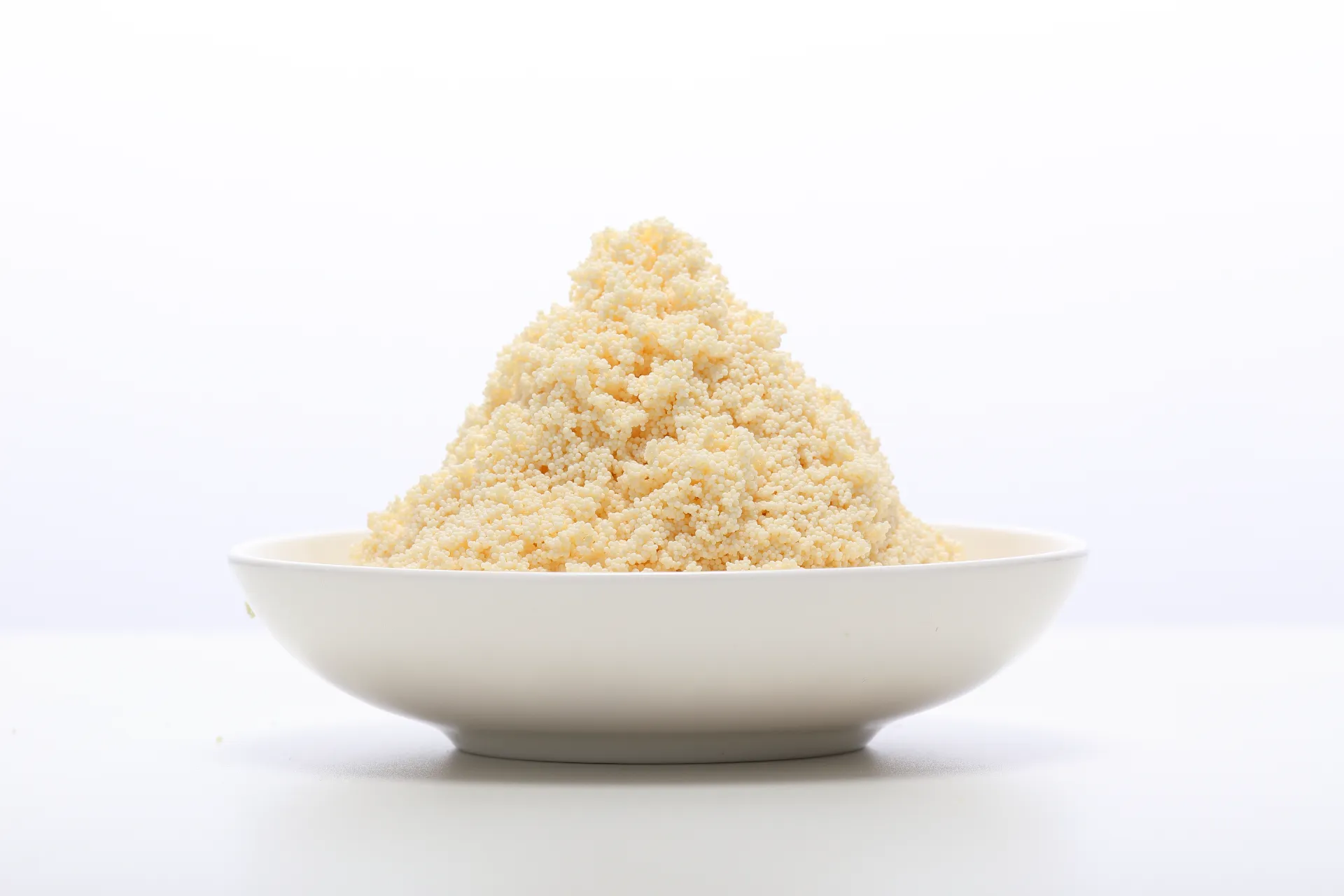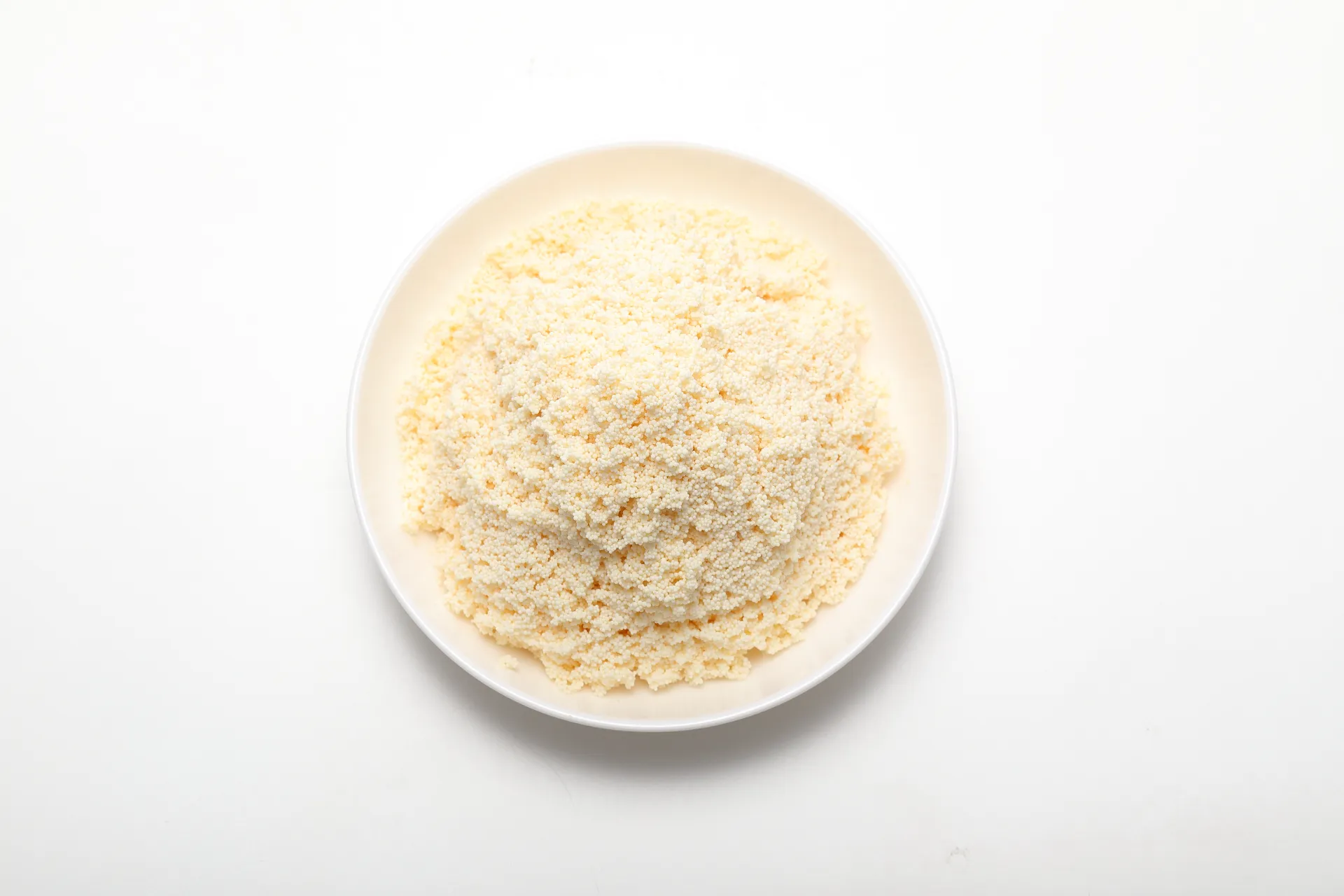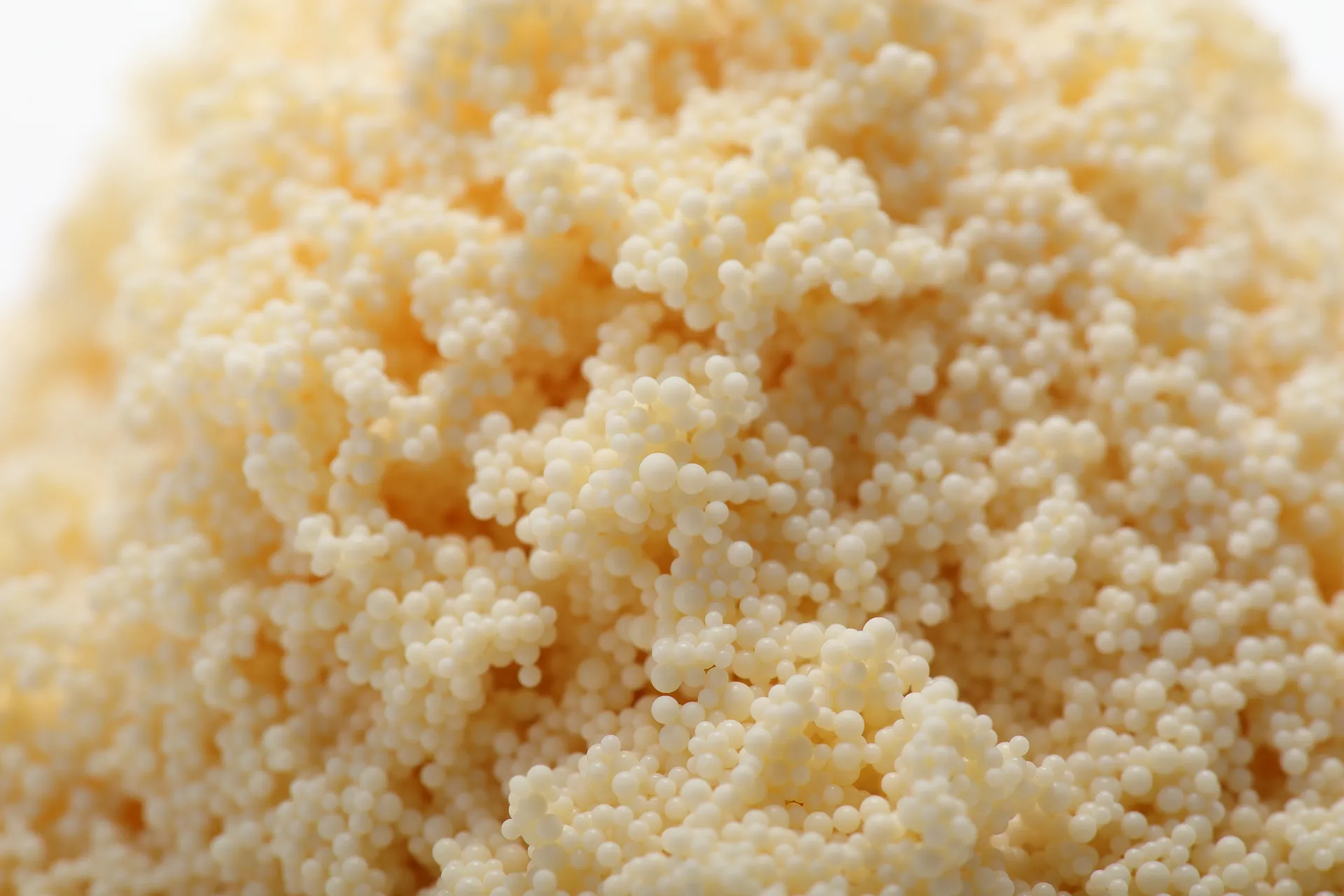Field Notes on Weak Acid Cation Exchange Resin D113 FC: Specs, use-cases, buyer tips
If you’re evaluating a Weak Acid Cation Exchange Resin for dealkalization or metal recovery, D113 FC from Lijia (origin: NO.2 East Jianshe Road, High-Tech Industrial Development South Zone Wei County, Xingtai, Hebei Province, China) is the one I’ve seen most frequently in mid-to-large industrial water rooms. It’s an acrylic, macroporous, carboxylic (-COOH) resin—practical, forgiving, and, to be honest, pretty cost-efficient when operated right.

Why the market cares now
Industry trend-wise, demand for Weak Acid Cation Exchange Resin has ticked up for three reasons: tighter alkalinity specs in beverage and electronics rinse lines, acid cost control (WAC resins can regenerate at modest concentrations), and sustainability pressure to recycle zinc/nickel. Many customers say WAC stages cut scaling, stabilize RO feed, and generally make downstream operations less cranky.
Product snapshot: D113 FC technical specs
| Matrix / Porosity | Acrylic copolymer, macroporous |
| Functional group | Carboxylic (–COOH), H+ form as shipped |
| Total capacity | ≈4.0–4.6 eq/L (real-world use may vary) |
| Moisture retention | ≈50–60% |
| Particle size (typ.) | 0.315–1.25 mm (16–50 mesh) |
| Operating pH | 0–14; best dealkalization typically pH 4–7 |
| Max temperature | ≤80°C recommended (H+ stability up to ≈120°C) |
| Typical service flow | 5–15 BV/h; ΔP depends on granulometry and bed depth |

Where it shines
- Dealkalization: removal of bicarbonate/carbonate prior to RO or boilers.
- Metal recovery: zinc, nickel waste recycling loops.
- Biochemical separations: partial desalting/conditioning before downstream steps.
In fact, Weak Acid Cation Exchange Resin is superb at exchanging H+ for hardness tied to alkalinity, converting HCO3− to CO2—which then vents or is stripped. Less scaling, fewer headaches.
Process flow (proven in the field)
- Hydration and backwash: classify bed, expand 50–70% if possible.
- Regeneration: HCl 4–8% or H2SO4 2–5%, 1–3 BV at 1–2 BV/h.
- Slow rinse then fast rinse to
- Service run: 5–15 BV/h. Monitor leakage alkalinity; stop at breakthrough.
- Testing: capacity and moisture per ASTM methods; particle size sieve checks.
Service life is commonly 3–5 years with clean feed and proper acid strengths. Fouling (iron/organics) shortens that—pretreatment helps.
Sample performance data (indicative)
Feed alkalinity 300 mg/L as CaCO3; 8 BV/h; 6% HCl regen. Effluent alkalinity

Vendor comparison (quick view)
| Vendor / Grade | Polymer | Capacity (eq/L) | Acid use per regen (≈) | Certs | Lead time |
| Lijiresin D113 FC | Acrylic, macroporous | ≈4.0–4.6 | Low–moderate | ISO 9001; NSF/ANSI 61 option on request | Often 2–4 weeks |
| Generic WAC (Vendor A) | Acrylic, gel | ≈3.6–4.2 | Moderate | Varies | 6–8 weeks |
| WAC (Vendor B, polystyrene) | Polystyrene | ≈2.5–3.0 | Higher | Varies | 4–6 weeks |
Customization, QA, and feedback
- Custom particle-size bands and pre-acidification skids available (ask for SDS and CoA).
- Testing to ASTM D2187; particle size by sieve analysis; moisture by loss-on-drying.
- Customers report stable pressure drop and predictable alkalinity break—surprisingly steady even at 10 BV/h.
- Common certifications: ISO 9001 at plant; potable-water grades aligned to NSF/ANSI 61 when specified.
Mini case notes
Electroplater (SE Asia): nickel rinse recovery >95% with Weak Acid Cation Exchange Resin, acid cut ≈18%. Beverage line (MENA): alkalinity from 280 down to 12 mg/L as CaCO3; RO scaling incidents dropped to zero over 9 months.
Citations
- ASTM D2187 – Test Methods for Physical and Chemical Properties of Ion-Exchange Resins.
- NSF/ANSI 61 – Drinking Water System Components – Health Effects.
- ISO 9001:2015 – Quality management systems – Requirements.
- WQA Technical Application: Dealkalization with Weak Acid Cation Exchange.
Hebei Lijiang Biotechnology Co., Ltd, is a new material manufacturer specializing in the production of high-performance special ion exchange resins.mixed bed resin suppliers It is a modern high-tech enterprise that integrates the research and development,production, sales, and service of resin materials and resin terminal products.ion exchange resin The company is committed to producing high-quality industrial grade, food grade,pharmaceutical grade, and nuclear grade resins.cation exchange resin It has passed ISO9001 management certification,SGS certification, and WQA international certification from the American Water Quality Association, and has obtained a national food hygiene license. Food grade resin products comply with FDA standards in the United States.super blog